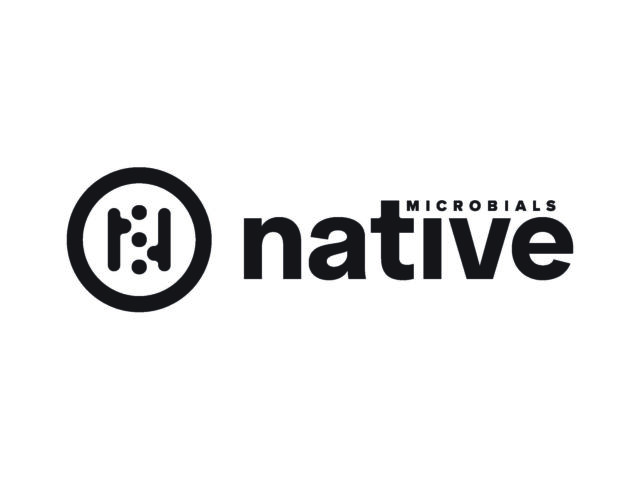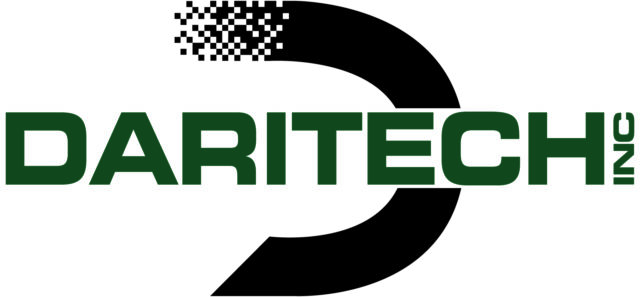I was able to come to Iceland by convincing the U.S. and Icelandic governments to let me write about what it means to be a dairy farmer on the island.As the end of my time draws near, I’m forced to reflect on how well I’ve answered that question.
In doing so, I have to admit the irony that what introduced me to Iceland was a book that had already accomplished something similar.
In Independent People , the novel that largely helped Halldór Laxness win the Nobel Prize, a headstrong farmer goes to the extreme to make a sheep farm work because he values, above all else, his autonomy.
It’s hard to talk about Iceland’s national identity without mentioning the book because every Icelander has read it and it was on the shelf of every home I’ve stayed in. The appeal is that Laxness tries to define what it means to be Icelandic. It is no coincidence that he uses a farmer to do it.
Laxness’ suggestions are just as relevant a half-century later. When I think of northern Iceland, where I spent most of my time, I see a farm standing against an impossibly tall mountain. Farms are spread out among the arable parts of the land and sometimes may be the only human existence for miles.
Considering that every day when an Icelandic farmer gets up, he’s juxtaposed against such landscape, I have no doubt that Icelandic farming is marked by fierce independence.
Despite the extraordinary landscape, ancient Viking culture and all the other things that bring so many visitors to the island, the part that impressed me most about my experience was how accessible the farmers were.
To live with them for a handful of days, I only had to find their phone number on the Internet and ask them. I was a stranger and a foreigner, but they nearly always said yes, regardless.
They weren’t impressed by me being a writer or curious because I came from somewhere else. They didn’t care about getting their name in print somewhere. Usually on the phone they didn’t understand why I was writing about Icelandic farming.
They only knew that I wanted to learn about it, and that was good enough for them. They believed in letting their story get told. It was the first hint that Icelandic farmers – despite being independent people – were used to being part of something bigger.
The past of Iceland is highly integrated into its present culture, and in many ways, farms are the most tenable and enduring link to this past. Some of them have remained from the early settlers. I visited a farm called Flugumyri in the area where, in early settlement, the Sturlunga and Haulldaelingar clans fought for control of northern Iceland.
During a wedding ceremony, the Sturlunga killed many of the Haulldaelingar by locking the church doors and setting it on fire, and then to avoid being attacked in retaliation, set the house and barns ablaze. Gissur Thorvaldsson, leader of the Haulldaelingar, was the sole survivor, escaping death by jumping into a barrel of milk acid while the church turned to ashes around him.
During my visit, the wife showed me the cattle while the husband talked about the robot and pointed out the retractable feed alley. Their two youngest children demonstrated how they could balance live chickens on their heads. It was, by every account, a typical Icelandic dairy farm. Still, all of Iceland is aware of its bigger history.
Perhaps more important than the persistence of farms through the centuries is that they are also a repository of the island’s culture. Iceland is very distinct from its North American and European neighbors that are not far away on either side, from eating fermented shark and never blowing their nose in public to the reverence they place in literature and language.
Although it may not be a fair statement for a foreigner to make, the people of whom the traits of Iceland seem to best describe are the island’s farmers.
Between winter and spring, there is a festival in which all Icelanders eat the old traditional food, such as sheep face, ram testicles and sheep stomach stuffed with blood and set in milk acid. I’ve been on farms where they eat these things year-round.
In others, the women in the family all had the national costume, which is a very specific black dress to be worn on Iceland’s Independence Day. In some ways, I got the impression that farmers tended to be the most devoted keepers of the Icelandic identity, which is likely to become increasingly important as more and more foreigners flood the island.
As the populations in most developed nations become further distanced from agriculture, one is tempted to get the feeling that losing farming as a component of the national identity is part of the natural course of moving forward and participating in the evolving world.
Iceland, however, suggests that this isn’t necessarily true. When the island entered modernity after World War II, many people moved from the country to Reykjavik, but even as the societal make-up of the nation changed, the farm’s place in it did not.
Most people have relatives and friends on farms – if they don’t come from one themselves – and probably a story to share. For such intimacy with their farmers, they don’t seem to have suffered for it as a people.
They have some of the leading technology in the world, rank at the top for most social indexes and have a successful economy again that recovered remarkably well after its collapse. And, they’ll quickly add, they have a lot of farms. PD
Ryan Dennis is the son of a dairy farmer from western New York and a literary writer. The Dennis family dairies and maintains a 100-plus cow herd of Holsteins and Shorthorns.

-
Ryan Dennis
- Columnist
- Email Dennis




